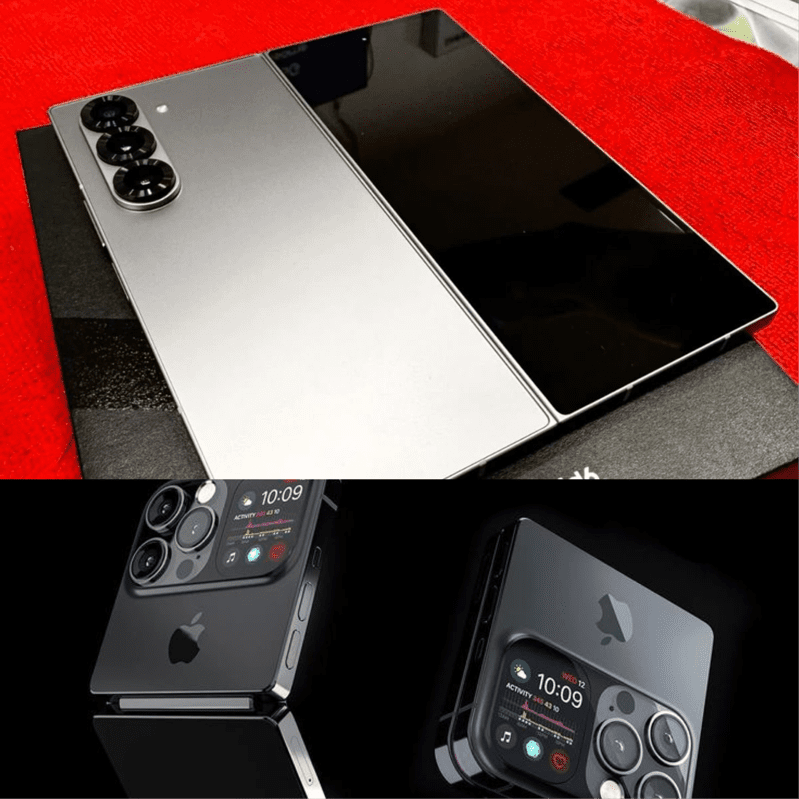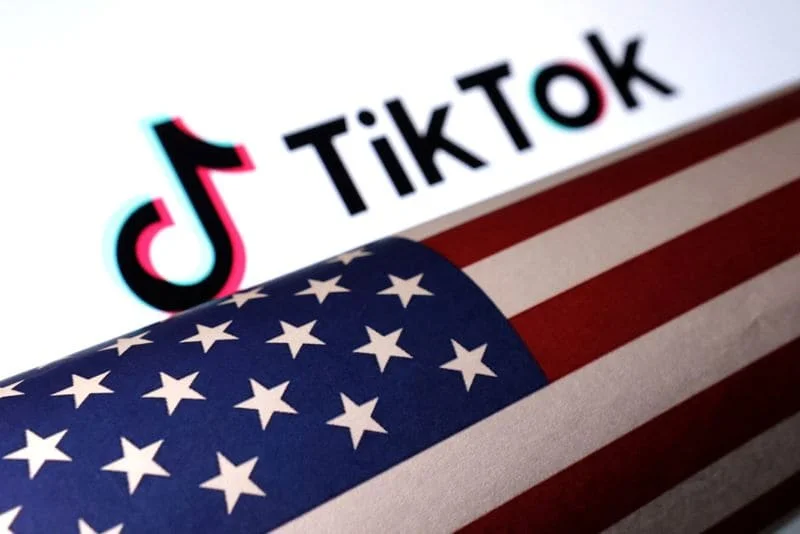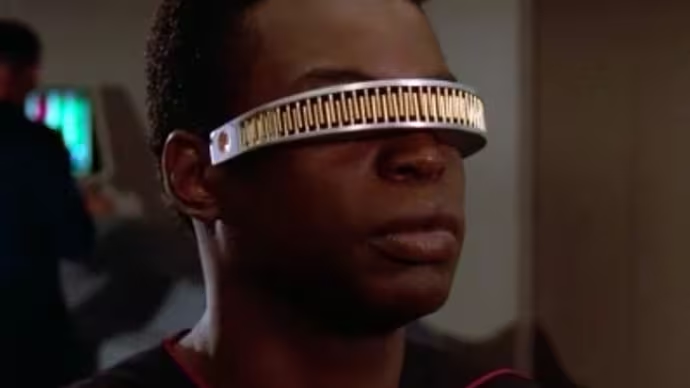With Apple entering the foldable market in 2026, comparisons with Samsung’s Galaxy Z Fold series are inevitable.
Samsung has been the dominant player in foldable smartphones for years, but Apple’s first foldable iPhone could disrupt the industry.
Let’s take a detailed look at how these two devices compare across key areas.
Design & Build Quality
Both devices follow a book-style foldable design, but Apple is rumored to focus heavily on durability and crease reduction.
- Samsung Galaxy Z Fold
- Inner Display: 7.6-inch Dynamic AMOLED
- Outer Display: 6.2-inch AMOLED
- Build: Features Ultra-Thin Glass (UTG) with improved Flex Hinge
- Durability: IPX8 water resistance, though dust resistance is still a challenge
- Apple Foldable iPhone (Expected)
- Inner Display: 7.8-inch LTPO OLED
- Outer Display: 5.5-inch OLED
- Build: Expected to have a crease-free screen with Ceramic Shield protection
- Durability: Apple is likely working on an improved hinge mechanism to minimize wear and tear over time
Verdict: Samsung has years of experience refining foldable hardware, but Apple’s premium materials and focus on long-term durability could make it a game-changer
Display Technology
A great foldable phone needs an immersive, smooth, and durable display. Both devices will feature high refresh rates for a premium experience.
- Samsung Galaxy Z Fold.
- 120Hz Dynamic AMOLED for fluid visuals
- Supports S Pen input for added functionality
- Apple Foldable iPhone (Expected)
- 120Hz LTPO OLED for energy efficiency
- May introduce Apple Pencil support, though unconfirmed
Verdict: Samsung already has S Pen integration, making it a great option for multitasking. Apple’s LTPO OLED technology might improve battery efficiency, but it remains to be seen if it will support the Apple Pencil.
Performance & Software
Apple and Samsung take very different approaches to performance, with Apple optimizing hardware and software together while Samsung relies on top-tier Snapdragon chips.
- Samsung Galaxy Z Fold
- Runs on the latest Snapdragon chip, optimized for multitasking and gaming
- Features One UI with Android’s foldable optimizations
- Apple Foldable iPhone (Expected)
- Likely to feature an A-series or M-series chip for superior single-core performance
- Runs iOS, likely with new multitasking enhancements
Verdict: Apple’s chips generally outperform Snapdragon in efficiency and speed, but Samsung’s software is better optimized for foldables. Apple will need to improve iOS’s multitasking capabilities to match Samsung’s ex.
Battery Life & Charging
Battery life has always been a concern for foldable phones due to their larger, power-hungry displays.
- Samsung Galaxy Z Fold
- Battery: 4400mAh
- Charging: 25W fast charging, 15W wireless charging, 5W reverse charging
- Apple Foldable iPhone (Expected)
- Battery: Expected to be 5000mAh, which is larger than Samsung’s
- Charging: Likely to feature MagSafe wireless charging and fast wired charging
Verdict: Apple may have an edge in battery life due to its better software efficiency, but Samsung’s faster wired charging speeds could be more convenient for users.
Camera System
Foldable phones are not camera-focused devices, but they still need to deliver strong performance.
- Samsung Galaxy Z Fold
- 50MP main camera
- 12MP ultrawide lens
- 10MP telephoto lens
- Under-display selfie camera on the inner screen
- Apple Foldable iPhone (Expected)
- 48MP main camera
- 12MP ultrawide lens
- No details on a telephoto lens yet
Verdict: Samsung’s triple-lens system offers more versatility, while Apple’s superior image processing could deliver better overall photo quality even with fewer lenses.
Price & Availability
Foldable phones remain expensive, and Apple’s first foldable device is rumored to be one of the most premium-priced foldables yet.
- Samsung Galaxy Z Fold: $1,800
- Apple Foldable iPhone (Expected): $2,500
Verdict: Samsung offers better value for money, while Apple is targeting **the ultra























